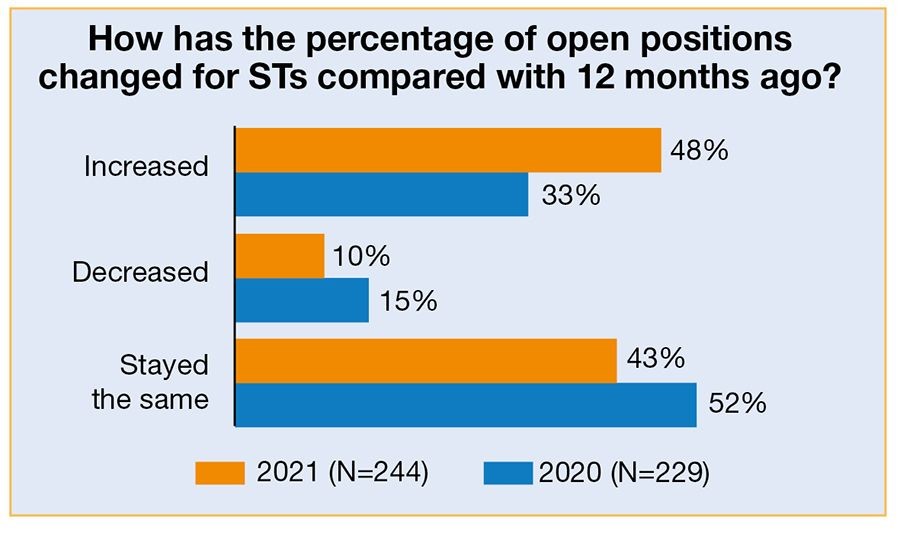
The job market landscape has shifted dramatically since the onset of the COVID-19 pandemic. A recent study reveals a stark contrast in hiring efficiency between pre-pandemic times and the current scenario.
Before the global health crisis, employers were able to fill 80% of job openings within a six-month timeframe. However, the current data paints a vastly different picture, with only 41% of positions being filled in the same period.
This substantial drop in hiring rates raises questions about the factors contributing to this change. Experts point to several potential causes, including:
- A mismatch between available skills and job requirements
- Changes in worker priorities and expectations
- Ongoing health concerns related to the pandemic
- Shifts in industry demands and job types
The implications of this trend are far-reaching. For businesses, prolonged vacancies can lead to reduced productivity and increased strain on existing staff. Job seekers, on the other hand, may find themselves navigating a more complex and competitive landscape.
As the job market continues to evolve, both employers and job seekers may need to adapt their strategies. Companies might need to reassess their hiring practices, offer more competitive packages, or invest in training programs. Meanwhile, job seekers could benefit from upskilling or exploring opportunities in emerging sectors.
The road to recovery and adjustment in the job market remains uncertain. However, understanding these shifting dynamics is crucial for all parties involved in the hiring process. As we move forward, monitoring these trends will be key to navigating the new normal in employment.
Despite these challenges, US job openings increased to 8 million in August, demonstrating the continued resilience of the American labor market.